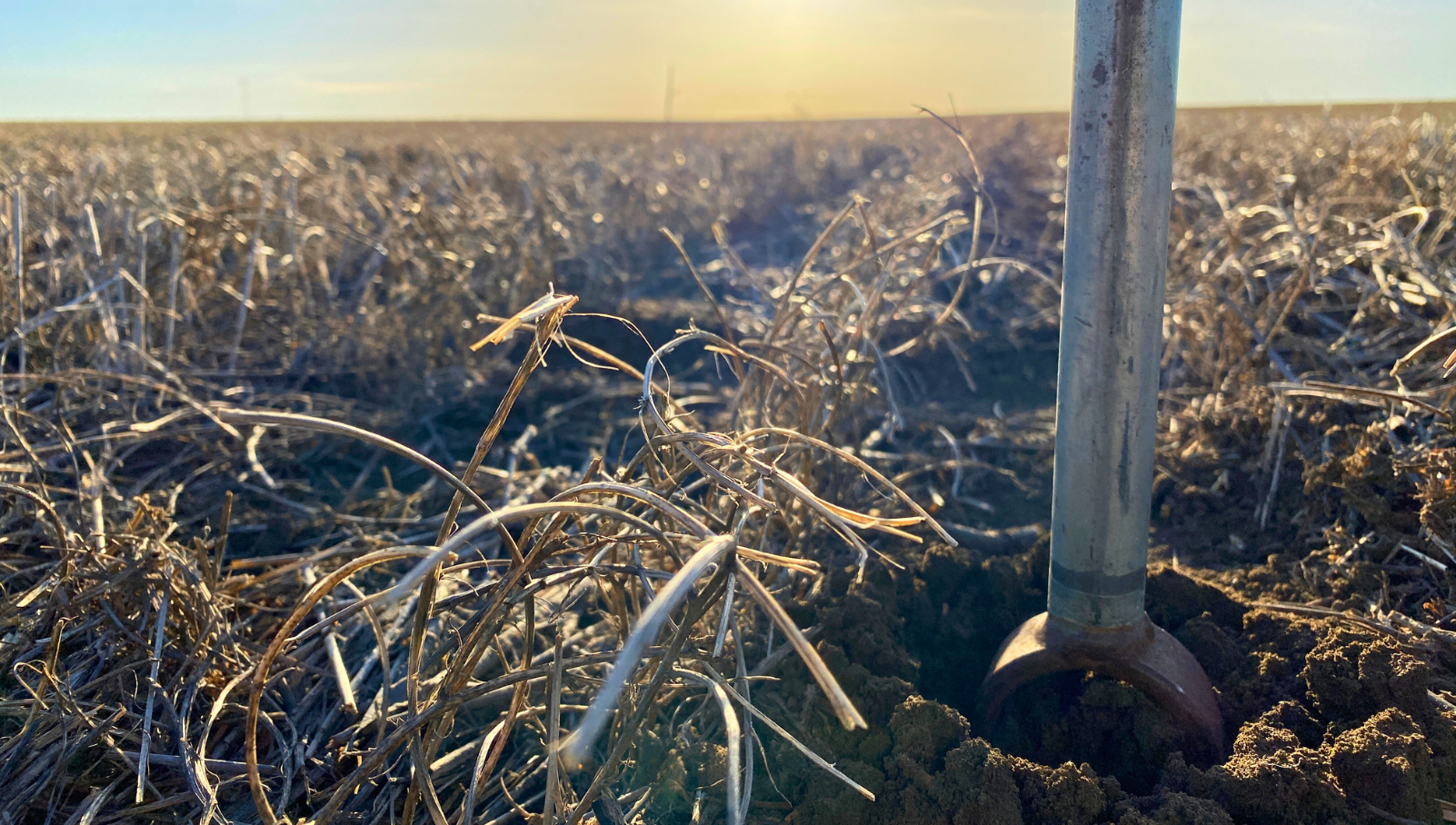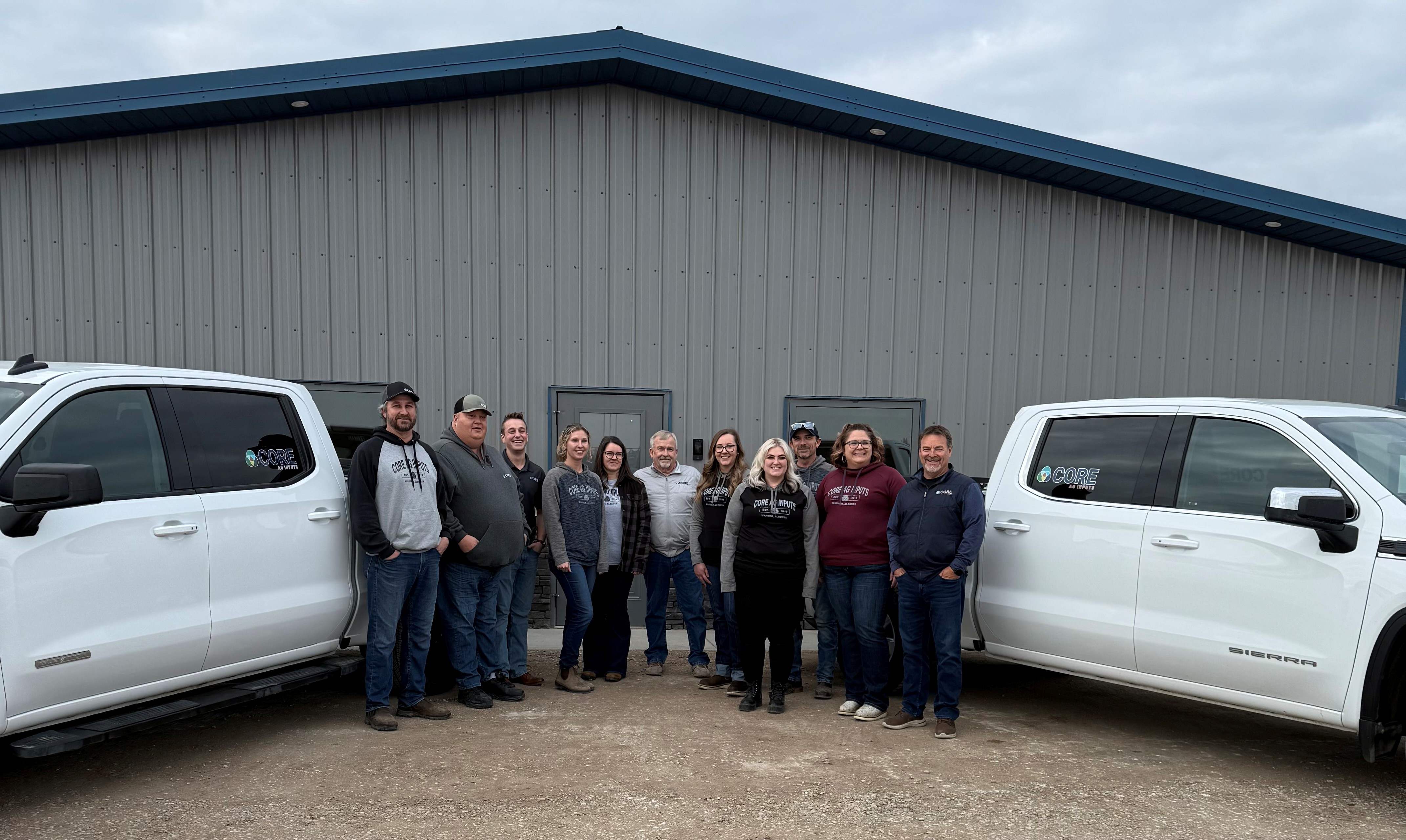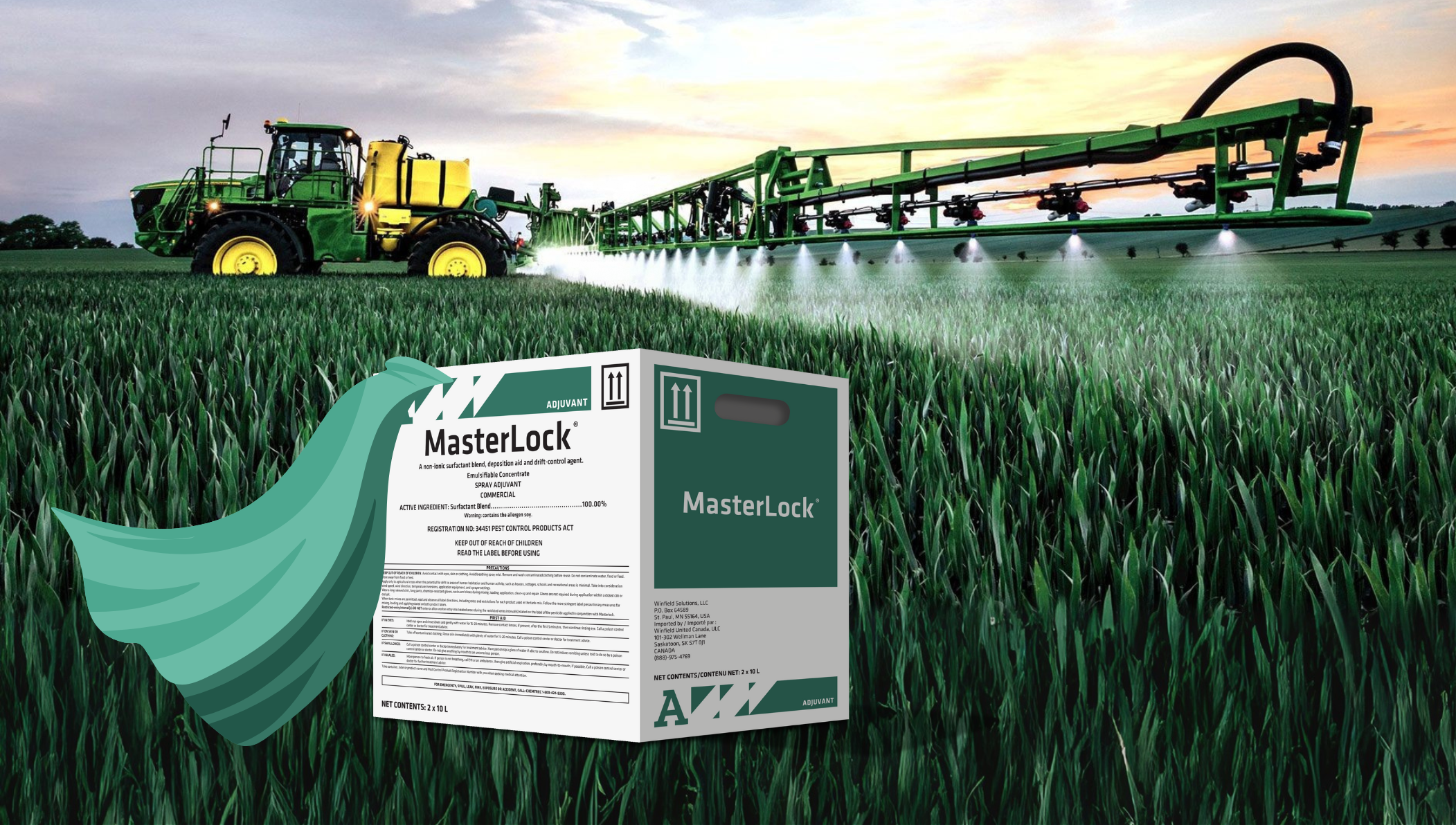Ever wondered what secrets your soil might be hiding? Fall soil sampling is a popular practice for several good reasons. While it's not mandatory, there are significant benefits, such as logistical ease, cost savings on fertilizer, and the ability to make informed decisions based on accurate soil nutrient levels. It provides valuable insights into soil nutrient levels, aiding in making informed decisions about fertilizer applications and overall crop management. Martin Carr, Agronomy Manager for Western Canada with WinField® United Canada, shares his insights and tips on fall soil sampling.
Yearly Variabilities
When you sample your soil each year, you might notice that in a year with good moisture, you had crops that pulled a lot of nutrients out of the soil. Alternatively, in a drier year, there might be more nutrients left behind than usual.
“Soil testing helps determine what is actually there versus what has disappeared, whether it gassed off, was used by plants, or leached out,” says Carr. “Without this ground truth, it is tough to tell what is needed and what is not.”
Sampling Area
The size of the area you sample can make a big difference. Larger areas provide a more averaged recommendation, while smaller areas can give you more detailed insights. In an ideal world, breaking the field into smaller sections and sampling each one would be the best approach. Using precision ag software to take more samples across more acres will improve the quality of your information. For instance, taking one sample to represent an entire field is better than nothing, as it gives you an average of the field. However, this average is only as accurate as the location of the sample. If you happen to sample a hotspot, the results can fluctuate.
“There are different methods to determine your sampling zones,” explains Carr. “One common method is grid sampling, where you take a sample every 10 acres. Another method involves using topography and soil maps to group similar areas of the field together and take composite samples from those areas.”
For example, you might take composite samples from hilltops, low areas, and mid-slopes separately.
“By doing this, you can start to see how different areas of the field react,” says Carr. “This approach provides more accurate information than sampling the entire field as one unit. If you want to implement variable rate applications, you need to do zone sampling. For blanket applications, a composite sample gives you some background knowledge, but it's not as detailed as zone sampling.”
The more samples you take and the more detailed your sampling zones, the better your information will be. This leads to more accurate recommendations and better management decisions for your fields.
-peas-roots.jpg)
Decision Making
Fall soil sampling can be a valuable tool for making decisions that extend into the planting and growing season.
“Typically, a fall soil sample helps guide decisions on your fertility plan for the spring,” explains Carr. ”As part of the fertility planning process, some farmers may wish to address micronutrient discrepancies in the soil with a product like Ultra-Che® which is chelated to avoid tie up with other nutrients.”
Additionally, depending on yield targets, some farmers plan to apply most of their nitrogen upfront but save a portion to apply later, depending on rainfall. This approach helps determine how much more nitrogen should be applied.
“In-season fertility management isn't as common, as most fertility is managed upfront,” says Carr. “Later season fertility adjustments are usually influenced more by climate conditions than by soil tests. However, fall soil sampling provides a solid foundation for making informed decisions throughout the growing season.”
The Results
When it comes to soil sampling results, there are several important things to look for.
“First and foremost, you'll want to pay close attention to the nutrients,” says Carr. ”The major macronutrients to focus on are nitrogen, phosphorus, potassium, and sulfur. Additionally, calcium and magnesium are macronutrients, though they are often discussed less.”
“Next, you'll want to consider the micronutrients, which include elements like copper, zinc, manganese, and boron, explains Carr. “These are crucial for plant health, and some are crop-specific.”
Different crops will use different quantities of every nutrient in the soil, and some are more impactful and responsive than others. So its important to make sure we have enough of both our macronutrients and micronutrients to obtain our realistic yield targets that we set ourselves.
“Sulfur is another key nutrient to watch for, especially in cereals that are high in protein,” says Carr. “These crops extract a lot of sulfur from the soil, so sulfur recommendations for cereals might be relatively small compared to other plants.”
Beyond nutrients, it's essential to look at soil characteristics that don't change much over time, such as soil texture and pH. Soil texture remains consistent year over year, and while soil pH can be slightly altered by adding fertilizers, it is generally fixed. If your soil is acidic, there's little you can do to change it drastically in the short term.
High levels of magnesium or sodium can be red flags, indicating too many salts in your soil. This is often measured by electrical conductivity (EC). The higher the EC reading, the saltier your soil, which is not ideal for plant growth. Saline or sodic soils, which contain salts like magnesium chloride, require different management practices.
.png?width=320&height=426)
Collecting a Sample
“The key is to focus on the top six inches of soil, as this is where most of the fertility information is found,” says Carr. “Typically, you would take a sample of the topsoil and also sample the subsoil, which is 6-24 inches deep. The subsoil is where you'll find mobile nutrients like nitrates, sulfates, boron, and chloride."
It's essential to split a soil sample into the topsoil and subsoil to get a comprehensive understanding of the soil's nutrient profile. This approach helps fine-tune recommendations for mobile nutrients.
“Using GPS coordinates for soil testing is highly recommended to ensure you're testing the same spots year after year,” suggests Car. “This consistency is particularly crucial for immobile nutrients, as it allows you to track changes and improvements over time.”
Think of fall soil sampling as your field’s annual check-up. It's like getting a sneak peek into your soil's secret stash of nutrients, helping make smart decisions that make your fertilizer game strong and your yields even stronger. If you’d like to book a fall soil sample, reach out to your local WinField® United Independent Ag Retailer today!



